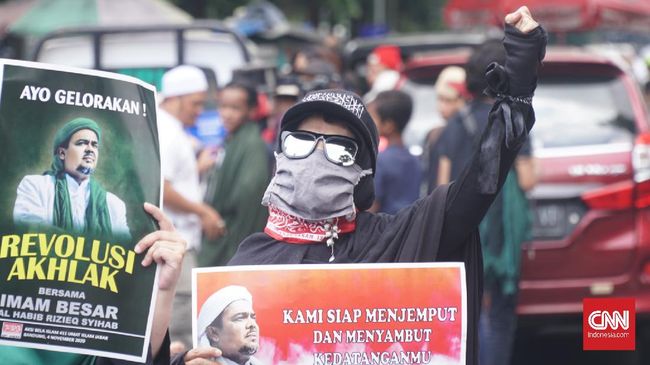05.11.2020 – 11:57
ROLAND Rechtsschutz-Versicherungs-AG
–
Cologne, November 5, 2020. Many drivers are familiar with this: They are driving at a reasonable speed on the motorway when suddenly a sports car comes racing from behind. One meter in front of the bumper, the driver brakes sharply and flasher lights. A nuisance – and sometimes really dangerous. But how can you legally put such aggressive drivers in their place? Lawyer Frank Preidel from the Preidel law firm. Burmester and partner lawyer of ROLAND Rechtsschutz explains the criminal offense of coercion and the punishments that traffic hooligans face.
What exactly is coercion in road traffic?
“Coercion in road traffic itself is not mentioned in any paragraph,” explains lawyer Frank Preidel. Therefore, Section 240 of the Criminal Code, the general offense of coercion, applies. It states that coercion is committed “whoever unlawfully forces a person to act, tolerate or omit to act, tolerate or omit a person unlawfully by force or by threatening a sensitive evil …”.
Correspondingly, coercion in road traffic is always given when the other road user is deliberately put under pressure with his own illegal behavior, so that he / she sees himself being forced into certain (involuntary) behavior. Lawyer Preidel adds: “The coercion can be committed with physical or psychological violence as well as by threatening a sensitive evil.” Sensitive evil means that the threat is suitable to achieve the behavior desired by the perpetrator in the victim.
When is the criminal offense actually present?
The statistics show that the tone between road users is at least as rough as the asphalt they are driving on. “Every year in Germany around 30,000 cases of coercion in road traffic are reported,” says Frank Preidel. The actual number of crimes committed is many times greater.
Typical examples are:
- Sehr dichtes Auffahren / Drängeln: Eine zumindest versuchte Nötigung auf der Autobahn liegt dann unzweifelhaft vor, wenn der Fahrer hinter einem schnell angefahren kommt und bei wenigen Metern „Sicherheitsabstand“ per Lichthupe unmissverständlich signalisiert, dass man entweder schneller oder zur Seite fahren soll. Dagegen handelt ein Fahrer bei einem kurzzeitigen und zu dichten Auffahren lediglich ordnungswidrig, während allein das Betätigen der Lichthupe als Ankündigung für ein Überholmanöver nicht strafbar ist. - Grundloses Ausbremsen / Schneiden: Wir kennen alle den Spruch: Wenn’s hinten kracht, gibt’s vorne Geld. Auch wenn der Auffahrende nicht immer die alleinige Unfallschuld trägt, so ist damit doch gemeint, dass man immer bremsbereit am Straßenverkehr teilzunehmen hat. Wer jedoch den Hintermann vorsätzlich ausbremst, wie z. B. bei einer Vollbremsung, oder andere Verkehrsteilnehmer „schneidet“, kann aufgrund der ausgeübten Gewalteinwirkung den Tatbestand der Nötigung erfüllen. - Behinderung beim Überholen: Wenn ein Fahrer die Überholspur absichtlich versperrt, indem er beharrlich mit äußerst niedriger Geschwindigkeit fährt und dabei den hinter ihm fahrenden Pkw zwingt, abrupt abzubremsen, kann er sich ebenfalls strafbar machen. - Zuparken / Parkplatz blockieren: Auch durch Zuparken kann eine Nötigung begangen werden. Das ist dann der Fall, wenn etwa eine Zufahrt oder ein Pkw über einen gewissen Zeitraum absichtlich blockiert werden.
How do you file a complaint for coercion in traffic?
If you get into a dangerous situation by coercing another road user, you may want to defend yourself. If you want to file a complaint, you can do so in person or by telephone at the responsible police station – or online station of the respective federal state. Important information is: 1. License number of the car, 2. Vehicle brand, 3. Vehicle type and color of the vehicles involved, 4. Appearance of the driver, 5. Place, time and description of the incident, 6. If possible: witnesses and other evidence.
The report alone is usually sufficient for the police or the public prosecutor’s office to initiate a preliminary investigation and to increase the chances of a conviction. No matter how the proceedings end, there is at least no economic benefit from prosecuting the traffic hooligan. “However, if the offense is only a minor offense – that is, a minor offense – the proceedings are usually discontinued or not even initiated,” explains the ROLAND partner lawyer.
What is the penalty if you are forced into road traffic
The penalty for coercion in traffic can be very different: the judge can draw on the full from the fine to the temporary or even permanent withdrawal of the driving license. For example, a taxi driver was fined 50 daily rates and banned from driving for one month for “cutting” a married couple’s vehicle and showing the middle finger. A truck driver who wanted to teach another truck driver a lesson because he had overtaken without permission received 50 daily rates and a two-month driving ban for braking his colleague to 43 km / h over a distance of one kilometer. In particularly serious or repeated cases, a prison sentence of up to three years can even be ordered.
Further legal tips can be found on our website www.roland-rechtsschutz.de/rechtstipps.
If you have any questions, please contact:
ROLAND Group Press Office • Deutz-Kalker Str. 46 • 50679 Cologne • www.roland-gruppe.de
Maja Bohlen • Phone: 0221 8277-1608 • [email protected]
– .


